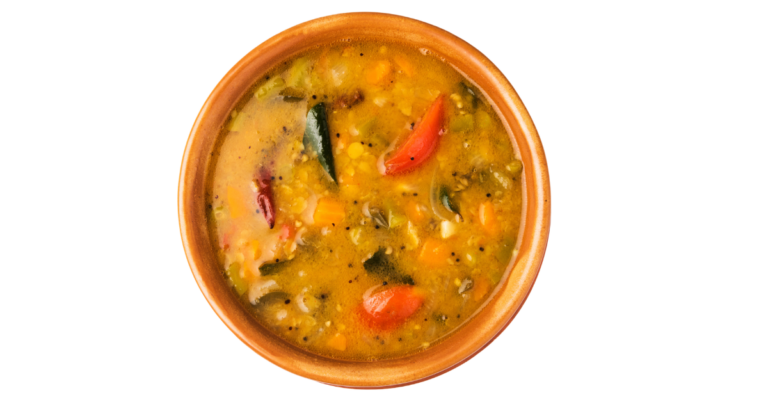

South indian cuisine is known for its rich flavours and aromatic spices,and Brahmins Kerala sambar powder is a key element that contribute to the regions culinary attraction.This spice blend is essential in south indian cookery,especially for making sambar, a traditional and cherished south indian dish .
Brahmins Kerala sambar powder is a meticulously prepared blend of spices and herbs that gives sambar , a mainstay in south indian cuisine , a distinct flavour and scent .Sambar , a tamarind-based lentil soup or stew , is frequently eaten with rice,idli,dosa. Making it a versatile and tasty addition to any south indian meal. .
The ingredients in Brahmins Sambar Powder may vary slightly from one recipe to another , but it often contains a combination of the spices and ingredients .
Red Chilies: These provide the heat and vibrant colour to the powder.
Coriander Seeds: Adds a warm, citrusy note to the blend.
Cumin Seeds: Imparts an earthy and slightly nutty flavour.
Fenugreek Seeds: Adds a hint of bitterness and depth to the mix.
Toor Dal (Split Pigeon Peas): Provides body and thickness to the sambar.
Chana Dal (Split Chickpeas): Adds a nutty crunch to the powder.
Curry Leaves: Lends a distinct South Indian aroma and flavour.
Asafoetida (Hing): Enhances digestion and adds a unique umami flavour.
Brahmin Sambar Powder plays a pivotal role in South Indian cuisine, and its versatility extends beyond just sambar:
Sambar: The most common use of this spice blend is the preparation of Sambar . It adds a distinctive flavour to the dish and by balancing the sour tamarind,the earthiness of lentils, and the fire from the chillies.
Rasam: Rasam,another traditional south indian soup , is also made with Brahmins Sambar Powder .It has a spicy and tangy flavour that is both soothing and energising.